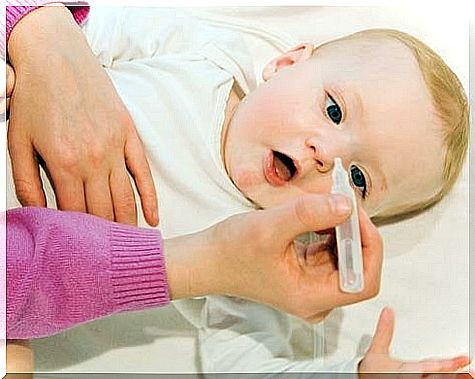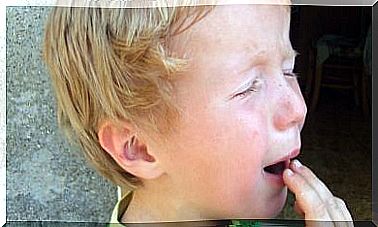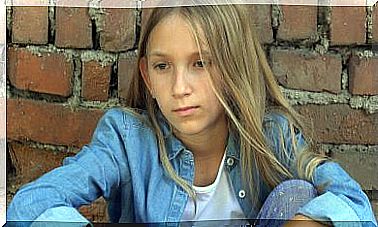A Badly Cured Flu Leaves Serious Consequences
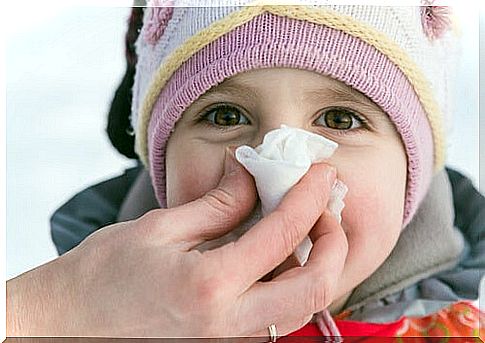
A badly cured flu can lead to complications. For this reason, it is important to pay attention to the flu and treat it early.
On the other hand, do not self-medicate or suspend ongoing treatment (unless your doctor tells you to). Although they may not seem like it, these are measures that should be followed at any age.
When your child has the flu, it is normal for them to feel chills, fever, muscle aches and also have a cough, sneeze, watery eyes, general discomfort and a headache. Those are the symptoms of the disease, which last about a week and then disappear. When this is not the case, the flu has gotten complicated.
The Spanish Association of Pediatrics indicates the following: ”The flu can have clinical manifestations of a very varied nature. However, the classic form presents with high fever (38-40ºC), of acute onset, chills, cough, runny nose, sore throat, malaise, myalgia, headache, anorexia, etc. ”.
Ideally, after experiencing these symptoms, the flu subsides within seven to fourteen days and the person feels good again. But some do not fully recover and have traces of discomfort, or a persistent cough. This is or is known as a badly cured flu.
Why does the flu sometimes get complicated? Venezuelan pediatrician María Victoria Álvarez explains that, in general, young children do not know how to expectorate, so it is not recommended to give them expectorant syrups. These types of medications only help your child make more mucus and phlegm.
And precisely because of the overproduction of phlegm and mucus, these accumulate. Excess can contribute to forming a chronic condition in the patient. Therefore, it is only recommended to give expectorants to children over 5 years of age and under medical supervision.
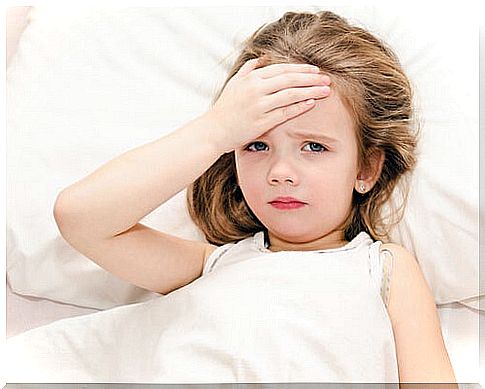
Some myths and truths
When the picture of a flu in a child becomes chronic, he usually suffers from a headache or headache. In these cases, the doctor may indicate a certain dose of acetaminophen to alleviate the discomfort.
For your part, try to ignore the myths. For example, Dr. Álvarez explains that green mucus is not always synonymous with infection, so its treatment does not necessarily require antibiotics.
The pediatrician recommends that you be careful with the administration of antibiotics, because when applying them unnecessarily, the child’s immune system can create resistance to the medicine and when the child really needs to use it, it will not work.
If the baby constantly has a runny nose, the nose can be washed with a little physiological or saline solution (every 6 to 7 hours). If your child is allergic, avoid the use of fans. Also try not to sweep the house and keep pets away from your presence.
All these tips will help you prevent dust particles that remain floating in the air and affect your child, even days after cleaning. If you need to clean, remove the dust with a damp cloth.
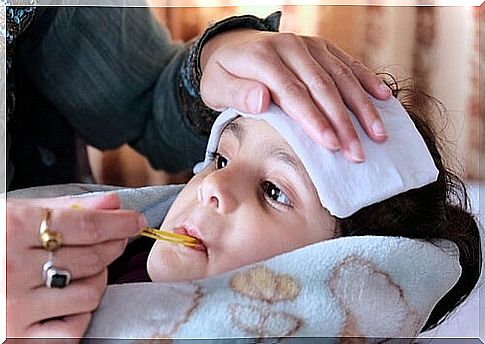
Complications of a badly cured flu
When the badly cured flu does not subside after seven days, or even worsens, the best thing you can do is contact your child’s pediatrician. In the meantime, you should know that it is imperative that you keep your child hydrated.
Why? because this will help your body to keep its body temperature balanced and will prevent further decompensation. Also, good hydration can help your child release toxins through urine.
The flu is an infection of the lungs most often caused by the influenza virus. However, once the person is infected, it is easier for other bacteria to adhere to the body that complicate the picture. Some of them are:
- Streptococcus pneumoniae (known as “streptococci”).
- Staphylococcus aureus (often called “staph”).
- Haemophilus influenzae.
In other words, a badly cured flu can make the child more prone to other infections (of viral, bacterial or fungal origin). Consequently, the treatment for your condition may be longer and more complex.
Pneumonia and sinusitis
Pneumonia is a disease that can be caused by various bacteria, viruses, and fungi. However, the most common causative agent is Streptococcus pneumoniae (better known as “pneumococcus”).
Symptoms of pneumonia can vary and resemble those of a cold:
- Cough.
- High fever.
- Abdominal pain.
- Loss of appetite
- Difficulty breathing.
- Accelerated breathing.
- Crackling noises in the lung.
- Feeling of discomfort and embarrassment.
- Vomiting due to coughing or swallowing mucus.
The treatment of this disease should be applied as soon as possible and maintained until the patient heals completely.
And although hospitalization is not always required (except for the cases of young children), it is very important that the environment is free of smoke and other irritating factors.
Sinusitis is an infection of the paranasal sinuses (air cavities lined with mucosa), located in the cranial bones, which communicate with the nasal cavity: maxillary, frontal, ethmoid and sphenoid sinuses.
Although it is not serious, it should be diagnosed and treated early to avoid complications (especially if it becomes chronic).
Some of the characteristic symptoms are:
- Fatigue.
- Nasal voice.
- Chronic cough.
- Nasal mucus
- Nasal obstruction.
- Headaches.
- Loss of smell
- General discomfort.
- Chronic drip of nasal discharge into the throat.
